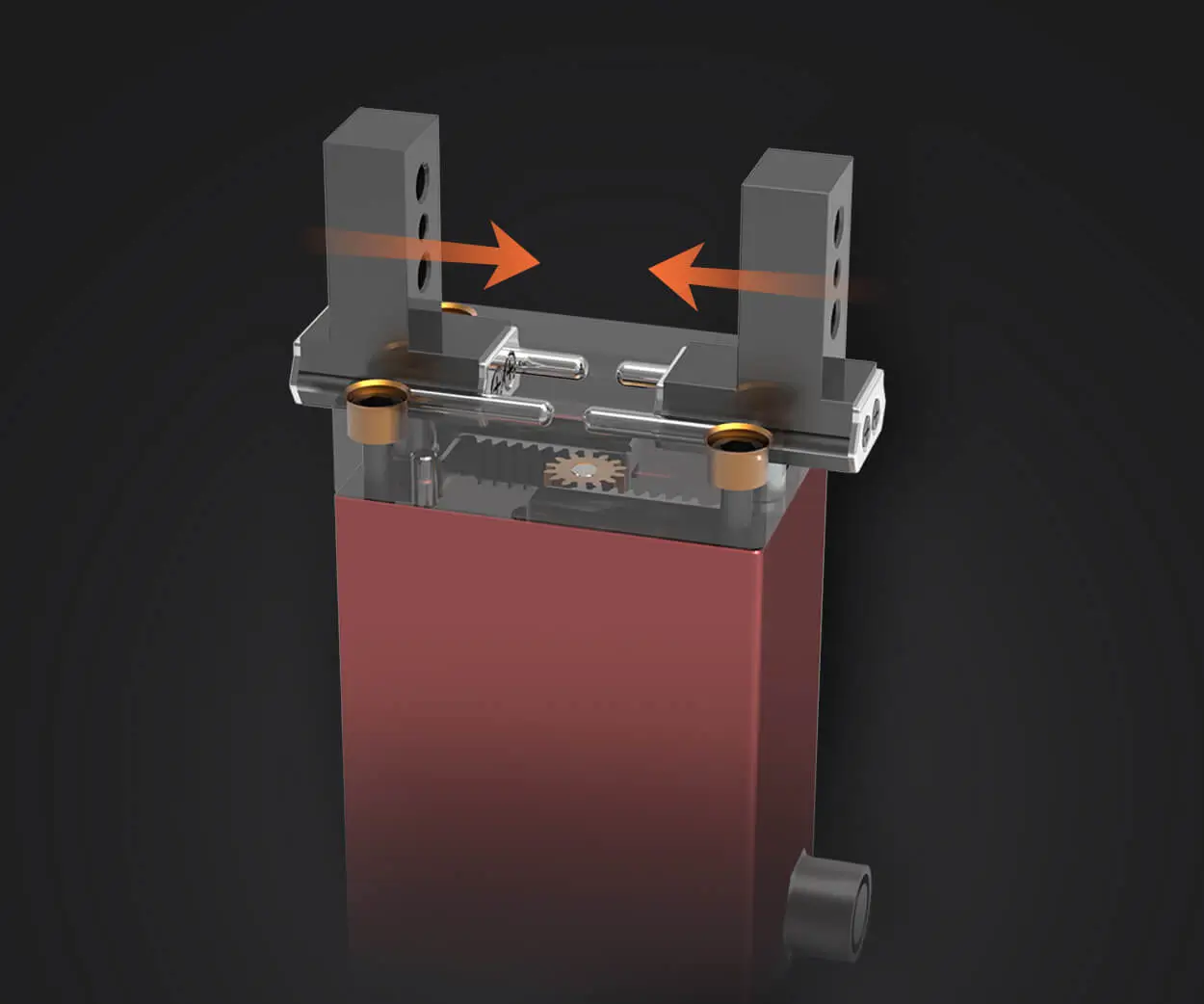Imagine a tiny wonder inside machinery—an unsung hero that makes things move with precision and grace. That’s where servo motors come into play, and digging into their internal diagram offers a fascinating glimpse into how they accomplish this magic. Ever wondered what’s inside that sleek exterior? Let’s take a journey through this compact powerhouse.

First off, think of the core—the rotor, a shiny, rotating component that responds to commands at lightning speed. Surrounding it is the stator, packed with windings that create magnetic fields when energized. It’s like a dance floor, with currents pulsing through wires, guiding the rotor’s every move. The way these magnetic fields interact ensures position accuracy and smooth motion—no jerks, no hiccups.
But wait, what about that tiny control circuit? Inside, you’ll find a sophisticated driver, acting like a brain that interprets signals and sends just the right currents to keep everything in perfect sync. It adjusts voltage and current on the fly, making the motor responsive to even the slightest changes. That’s why servo motors are so reliable in robotics, CNC machines, or automation—they react with precision, thanks to that intricate control system tucked inside.
Then, there’s the feedback mechanism—a crucial part of the diagram. Usually, an encoder or resolver feeds real-time data back to the driver, letting it know exactly where the rotor’s position is. This creates a loop of constant communication, so each movement isn’t just guesswork; it’s calculated and exact. Ever noticed how a robotic arm can move so flawlessly? That’s the feedback loop in action.
Now, you might be asking—how does all of this fit together in a small package? The magic is in smart engineering. Compact yet powerful, these internal components are designed to maximize efficiency without sacrificing space. Materials like high-grade magnets and insulated wiring cut down on energy loss, making sure every volt counts.
Imagine this: when you hit a button to rotate a camera or adjust a robotic joint, inside, a precise ballet begins. The drive signals energize the windings, the magnetic fields generate torque, feedback loops update the position, and the rotor turns—smooth, responsive, perfectly controlled. It’s such an elegant dance, all happening inside a tiny cup of metal and plastic.
It's wild to think that such a concentrated cluster of parts can deliver such complex motion control. That’s why understanding the internal diagram isn’t just geeky curiosity—it’s the key to optimizing performance, troubleshooting issues, and pushing automation tech further. Whether you’re designing a new machine or just curious about how things work behind the scenes, knowing what’s inside a servo motor opens a world of possibilities.
So, next time you see a robotic arm or a CNC machine slice through metal like butter, remember: behind that flawless execution is a miniature symphony. All those parts working seamlessly—powerful, precise, and quietly dependable. That’s the beauty of understanding the internal diagram of a servo motor.
Established in 2005, Kpower has been dedicated to a professional compact motion unit manufacturer, headquartered in Dongguan, Guangdong Province, China. Leveraging innovations in modular drive technology, Kpower integrates high-performance motors, precision reducers, and multi-protocol control systems to provide efficient and customized smart drive system solutions. Kpower has delivered professional drive system solutions to over 500 enterprise clients globally with products covering various fields such as Smart Home Systems, Automatic Electronics, Robotics, Precision Agriculture, Drones, and Industrial Automation.




































